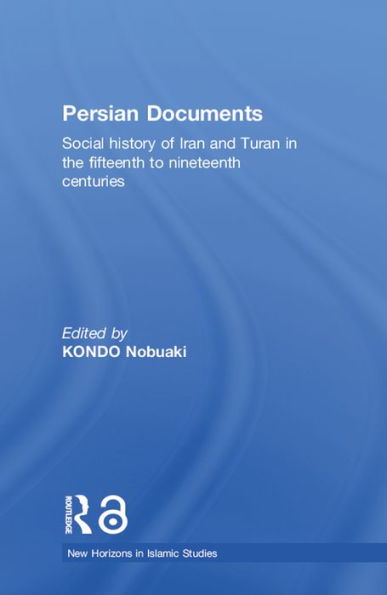5
1

Persian Documents: Social History of Iran and Turan in the 15th-19th Centuries
208
Persian Documents: Social History of Iran and Turan in the 15th-19th Centuries
208Related collections and offers
0.0
In Stock

Product Details
| ISBN-13: | 9781134414437 |
|---|---|
| Publisher: | Taylor & Francis |
| Publication date: | 06/01/2004 |
| Series: | New Horizons in Islamic Studies |
| Sold by: | Barnes & Noble |
| Format: | eBook |
| Pages: | 208 |
| Sales rank: | 520,867 |
| File size: | 7 MB |
About the Author
From the B&N Reads Blog
